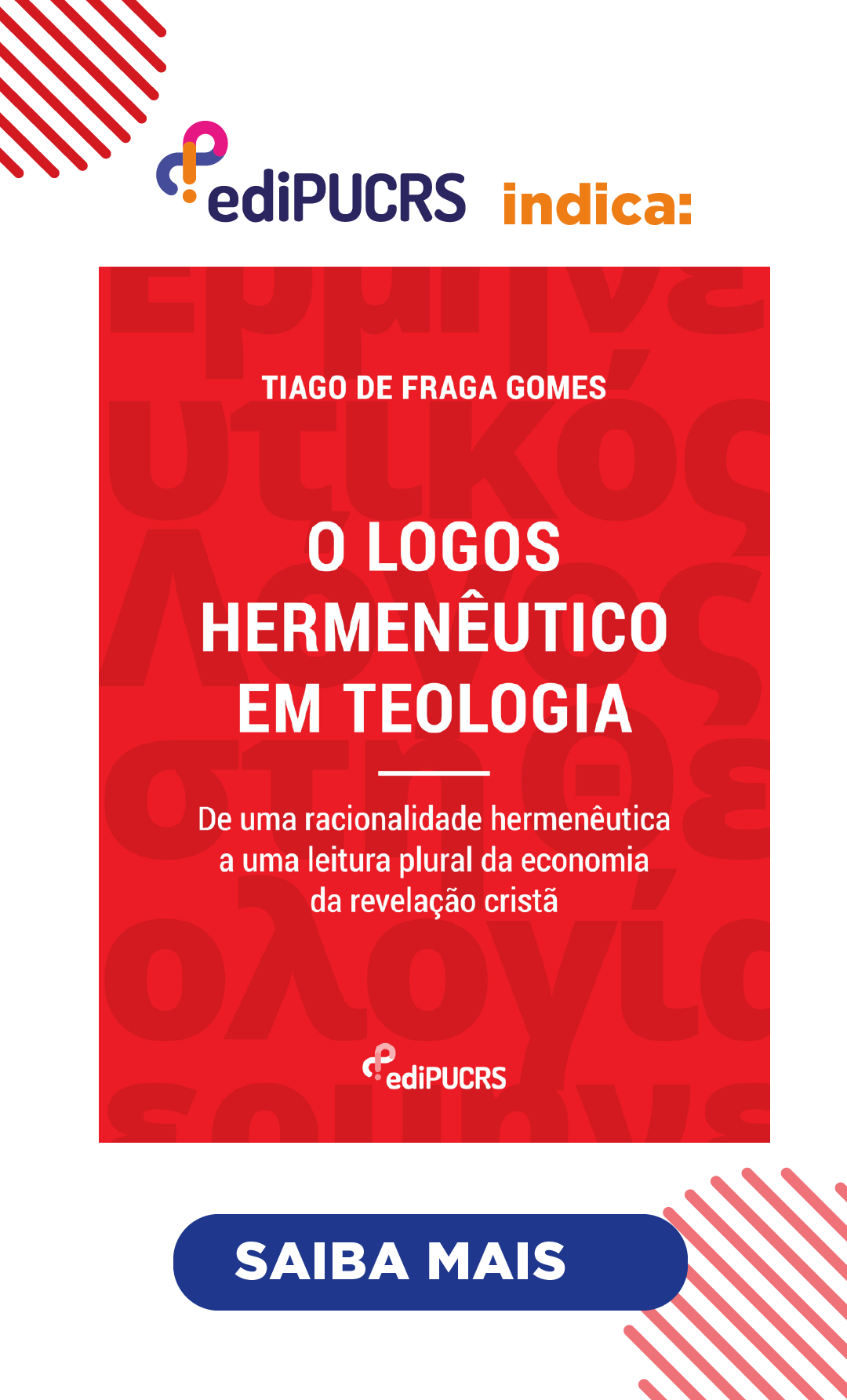Bodily individuation, bodily relationality – Scheler’s phenomenology of the body and infant research
DOI:
https://doi.org/10.15448/1983-4012.2017.2.28405Palavras-chave:
lived body, Max Scheler, infant research, expressivity, body schemaResumo
Questo articolo analizza due aspetti correlati del corpo fenomenologico - il fatto della individuazione Permettere di base e il suo essere socialmente orientate fin dall'inizio. Per fare questo, ho attuali teorie di Scheler sul corpo vissuto, concentrandosi sulle nozioni di Leibschema e individuazione del primario. Poi valuto teoria del "flusso indifferenziato" di Scheler per mostrare solo il che è prima facie fermo, ed una implicita Questo schema corporeo è presente dalla nascita; questo sembra applicarsi agli studi infantili che newbors trovano nel "livello 1" di distacco dall'ambiente e incarna una consapevolezza di sé (Rochat, Fogel). Tuttavia, lo schema corpo mostra un aspetto relazionale intrinseca troppo. Nella terza parte, mi propongo di applicare la teoria della percezione diretta di espressività di Scheler alle teorie psicologiche di un'intersoggettività innata (Trevarthen) e un'intersoggettività nucleo (Stern). Inoltre, lo sviluppo dei neonati pre-linguistiche sembra essere possibile grazie alla espressione vissuto del corpo e le interazioni, che la coregolamentazione spettacolo (Fogel) e affettiva sintonia (Stern) in interazione.
Downloads
Referências
BRUTTOMESSO, M.C., “Empathy, expressivity, perception. A Phenomenological Analysis from a Schelerian Perspective”. In: Rivista Internazionale di Filosofia e Psicologia, vol. 7, no. 3, 2016, pp. 350-364.
CUSINATO, G., Katharsis: La morte dell’ego e il divino come aperture al mondo nella prospettiva di Max Scheler, Napoli: Edizioni Scientifiche Italiane, 1999.
CUSINATO, G., “L’eccedenza espressiva: Creatività umana e inaugurazione della singolarità”. In PAGLIACCI, D., Creatività ed eccedenza dell’umano, Roma: Aracne, 2015, pp. 15-32.
CUSINATO, G., Sharing emotions come fondamento motivazionale delle relazioni di cura (forthcoming).
FOGEL, A., Developing Through Relationships: Origins of Communications, Self, and Culture, Chicago: University of Chicago Press, 1993.
FOGEL, A., “Embodied Awareness: Neither Implicit nor Explicit, and Not Necessarily Nonverbal”. In: Child Development Perspectives, vol. 5, no. 3, 2011, pp. 183-186.
GALLAGHER, S., How the Body Shapes the Mind, Oxford: Clarendon Press, 2005.
LAVELLI, M., FOGEL, A., “Developmental Changes in Mother–Infant Face-to-Face Communication: Birth to 3 Months”. In: Developmental Psychology, vol. 38, no. 2, 2002, pp. 288-305.
MELTZOFF, A.N., “Foundations for Developing a Concept of Self: The Role of Imitation in Relating Self to Other and the Value of Social Mirroring, Social Modeling, and Self Practice in Infancy”. In: CICCHETTI, D., BEEGHLY, M., The Self in Transition: Infancy to Childhood, Chicago: University of Chicago Press, 1990, pp. 139-164.
MELTZOFF, A.N., MOORE, M.K., “Imitation of Facial and Manual Gestures by Human Neonates”. In: Science, vol. 198, no. 4312, 1977, pp. 75-78.
MERLEAU-PONTY, M., Les Relations avec Autrui chez l’Enfant, Paris: Centre de Documentation Universitaire, 1951.
MERLEAU-PONTY, M., Merleau-Ponty à la Sorbonne: resumé de cours 1949-1952, Grenoble: Cynara, 1988.
MURRAY, L., COOPER, P., FEARON, P., “Parenting Difficulties and Postnatal Depression: Implications for Primary Healthcare Assessment and Intervention”. In: Community Practitioner, vol. 87, no. 11, 2014, pp. 34-38.
PARKER, S.T., MITCHELL, R., BOCCIA, M.L., Self-awareness in animals and humans, Cambridge: Cambridge University Press, 1994.
ROCHAT, P., “First levels of self-awareness as they unfold in early life”. In: Consciousness and Cognition, no. 12, 2003, pp. 717-731.
SCHELER, M., Gesammelte Werke, II: Der Formalismus in der Ethik und die materiale Wertethik (1913/16; 1927), Bonn: Bouvier-Verlag, 2009.
SCHELER, M., “Die Idole der Selbsterkenntnis (Über Selbsttäuschungen, 1912)”, In: Gesammelte Werke, III: Vom Umsturz der Werte. Abhandlungen und Aufsätze, Bonn: Bouvier-Verlag, 2007.
SCHELER, M., “Wesen und Formen der Sympathie”. In: Gesammelte Werke, VII, Wesen und Formen der Sympathie – Die deutsche Philosophie der Gegenwart, Bonn: Bouvier-Verlag, 2005.
SCHELER, M., “Die Stellung des Menschen im Kosmos” (1928). In: Gesammelte Werke, IX: Späte Schriften, Bonn: Bouvier-Verlag, 2008.
STERN, M.D., “Intersubjectivity”. In: PERSON, E.S., COOPER, A.M., GABBARD, G.O., Textbook of Psychoanalysis, Washington/London: The American Psychiatric Publishing, 2005, pp.77-92.
STERN, M.D., The Interpersonal World of the Infant: A View from Psychoanalysis and Developmental Psychology, London: Karnac Books, 1985.
TREVARTHEN, C., “Communication and cooperation in early infancy. A description of primary intersubjectivity”. In: BULLOWA, M., Before speech: The beginning of human communication, London: Cambridge University Press, 1979, pp. 321–347.
TREVARTHEN, C., “Foetal and neonatal psychology: Intrinsic motives and learning behaviour”. In COCKBURN, F., Advances in perinatal medicine, New York/ Carnforth: Parthenon, 1997, pp. 282-291.
TREVARTHEN, C., “What Is It Like to Be a Person Who Knows Nothing? Defining the Active Intersubjective Mind of a Newborn Human Being”. In: Infant and Child Development, no. 20, 2011, pp. 119-135.
WELSH, T., “Do Neonates Display Innate Self-Awareness? Why Neonatal Imitation Fails to Provide Sufficient Grounds for Innate Self- and Other-Awareness”, In: Philosophical Psychology, vol. 19, no. 2, 2006, pp. 221–238.
ZAHAVI, D., Self-awareness and Alterity, Evanston: Northwestern University Press, 1999.
Downloads
Publicado
Como Citar
Edição
Seção
Licença
Direitos Autorais
A submissão de originais para a Intuitio implica na transferência, pelos autores, dos direitos de publicação. Os direitos autorais para os artigos publicados nesta revista são do autor, com direitos da revista sobre a primeira publicação. Os autores somente poderão utilizar os mesmos resultados em outras publicações indicando claramente a Intuitio como o meio da publicação original.
Licença Creative Commons
Exceto onde especificado diferentemente, aplicam-se à matéria publicada neste periódico os termos de uma licença Creative Commons Atribuição 4.0 Internacional, que permite o uso irrestrito, a distribuição e a reprodução em qualquer meio desde que a publicação original seja corretamente citada.





